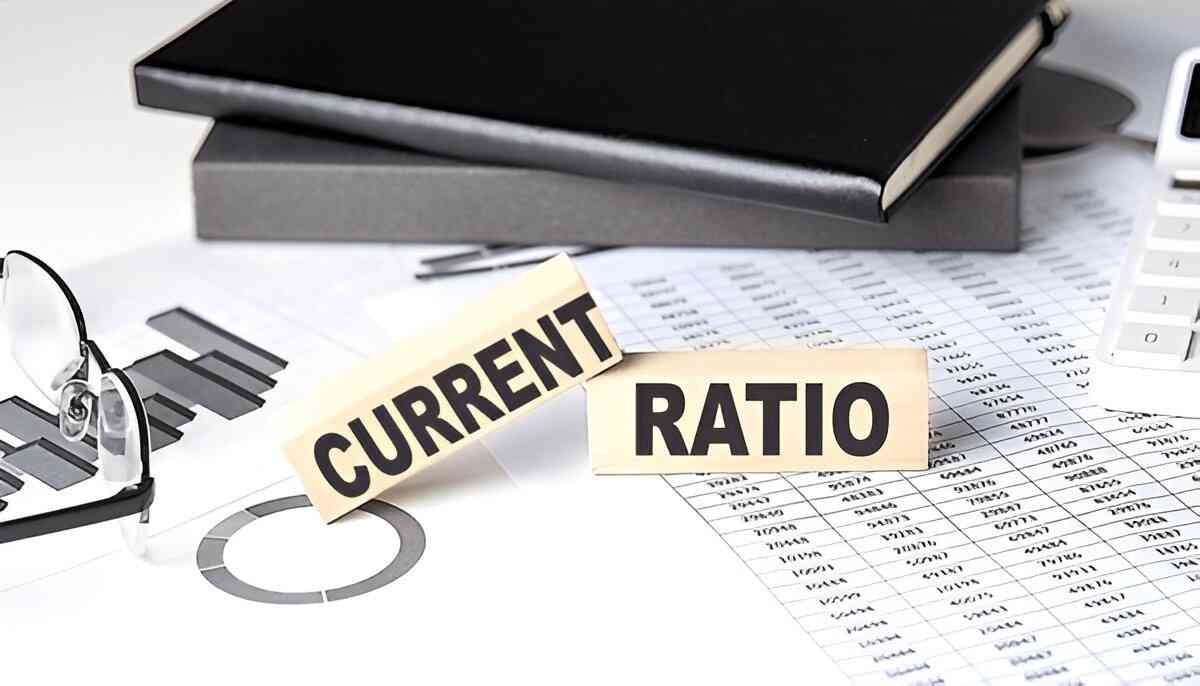The current ratio is a fundamental financial metric used to evaluate a company’s ability to pay its short-term obligations. It is a simple yet powerful tool that helps investors, creditors, and management understand the financial health of a business. This article will explain the current ratio in an easy-to-understand way, with references and examples.
Table of Contents
What is the Current Ratio?
Definition
The current ratio measures a company’s ability to pay off its short-term liabilities with its short-term assets. Short-term liabilities are debts and obligations that a company must pay within a year, while short-term assets are resources that can be quickly converted into cash within the same period.
Formula
The formula for calculating the current ratio is straightforward:
\text{Current Ratio} = \frac{\text{Current Assets}}{\text{Current Liabilities}}
This ratio indicates how many times a company’s current assets can cover its current liabilities.
Why is the Current Ratio Important?
Assessing Liquidity
Liquidity refers to how easily a company can meet its short-term financial obligations. A higher current ratio suggests that the company has more than enough assets to cover its debts, indicating good liquidity. Conversely, a lower ratio may signal potential liquidity problems.
Decision-Making Tool
Investors and creditors use the current ratio to make informed decisions. Investors look for companies with strong liquidity as it reduces the risk of bankruptcy. Creditors prefer lending to companies with a high current ratio because it assures them that the company can repay its debts.
Benchmarking Performance
Companies often compare their current ratio to industry averages to gauge their performance. This comparison helps in understanding how well they are managing their assets and liabilities compared to their peers.
Understanding the Components
Current Assets
Current assets include:
- Cash and cash equivalents: Money in the bank and other forms of liquid assets.
- Accounts receivable: Money owed to the company by customers.
- Inventory: Goods available for sale.
- Prepaid expenses: Payments made in advance for services to be received in the future.
Current Liabilities
Current liabilities include:
- Accounts payable: Money the company owes to suppliers.
- Short-term loans: Debts that need to be paid within a year.
- Accrued liabilities: Expenses that have been incurred but not yet paid.
- Unearned revenue: Money received for services not yet performed.
Example Calculation
Let’s consider a practical example to illustrate the current ratio:
Company ABC has the following financial data:
- Current Assets: $150,000
- Current Liabilities: $100,000
Using the formula, the current ratio is:
\text{Current Ratio} = \frac{\$150,000}{\$100,000} = 1.5
This means that Company ABC has $1.50 in current assets for every $1.00 of current liabilities. A current ratio of 1.5 indicates that the company is in a relatively good liquidity position, as it can cover its short-term obligations 1.5 times over.
Interpreting the Current Ratio
Ideal Range
There is no universal “ideal” current ratio, but generally, a ratio between 1.5 and 3 is considered healthy. A ratio below 1 may indicate liquidity problems, as the company might not have enough assets to cover its short-term liabilities. A very high ratio (above 3) could suggest that the company is not effectively using its assets to grow the business, possibly holding too much idle cash or inventory.
Industry Variations
It’s important to compare the current ratio to industry standards, as different industries have varying benchmarks. For example, the retail industry typically has lower current ratios due to fast inventory turnover, whereas manufacturing might have higher ratios because of larger inventory holdings.
Limitations of the Current Ratio
Not a Comprehensive Measure
While the current ratio is useful, it should not be the sole measure of a company’s financial health. It does not account for the quality of assets. For instance, a company might have a high current ratio due to significant accounts receivable, but if those receivables are difficult to collect, the ratio could be misleading.
Seasonal Fluctuations
Businesses with seasonal operations might experience significant fluctuations in their current ratio throughout the year. Therefore, it’s essential to consider the timing of the financial statements when analyzing the current ratio.
Conclusion
The current ratio is a vital tool for assessing a company’s short-term financial health and liquidity. By understanding and interpreting this ratio, investors, creditors, and managers can make better-informed decisions. However, it’s important to use the current ratio alongside other financial metrics for a comprehensive analysis.
Understanding the current ratio and its implications can help you evaluate the financial stability of a business more effectively. Always consider industry norms and the specific context of the company to make the most accurate assessment.





